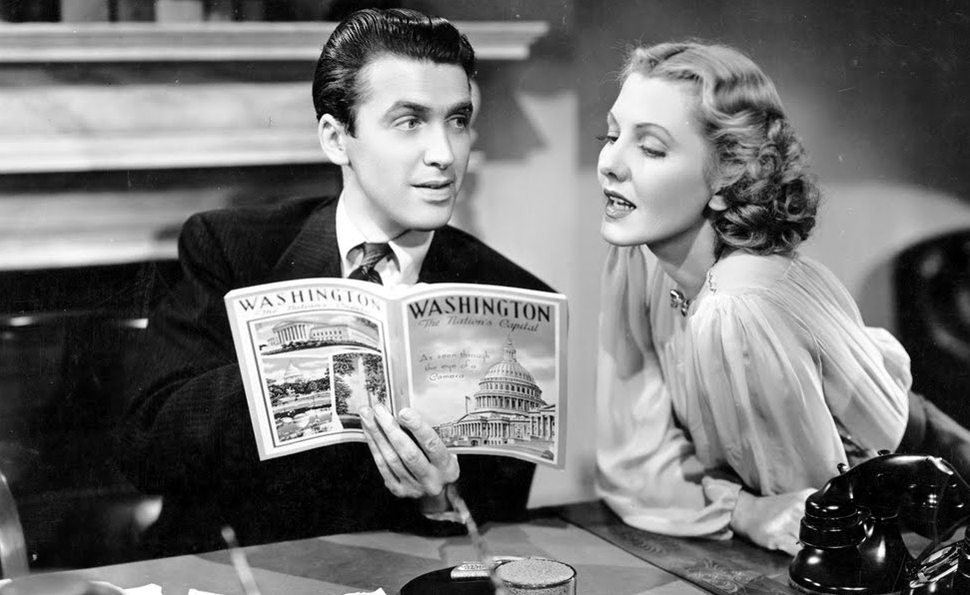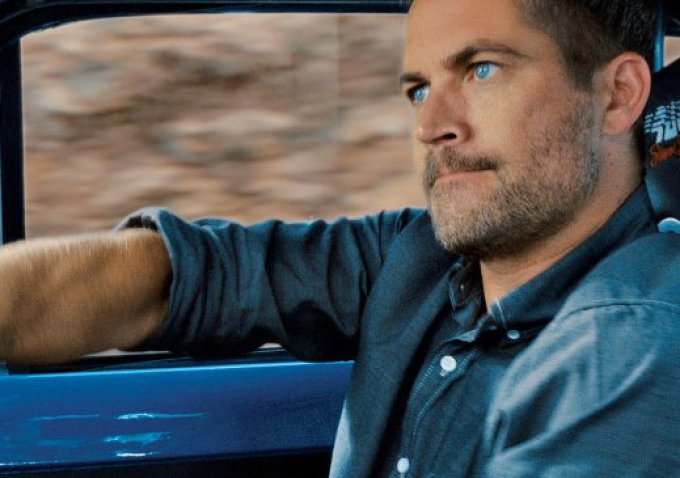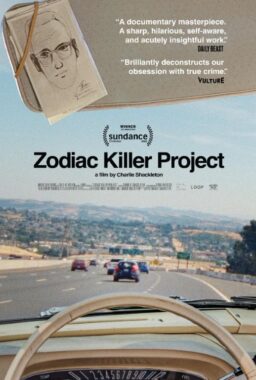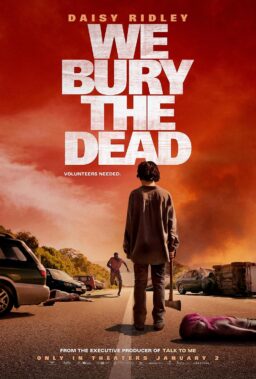1.
“Paul Walker’s Digital ‘Fast & Furious’ Double and the Troubling Future of Film Acting“: IndieWire‘s Sam Adams deftly criticizes the “face replacement” process used to keep the late actor in the upcoming installment of his highly profitable franchise.
“The ‘face replacement’ process as it’s described is too expensive to be
used on a whim, but it’s possible to see studios using it as a nuclear option
in future contract negotiations: If the real Andrew Garfield is tired of
playing Spider-Man, they can just whip up a new one, arguing that Garfield may
own his own likeness but they own the image of him as Peter Parker. (Less
speculatively, it would sure come in handy when a star is playing hardball about
coming back for reshoots.) But it also risks extended the dangers of what
HitFix’s Drew McWeeny has called ‘the age of casual magic’ to the realm of an
actor’s performance. When we see a car fly through the air or a rocketship
blast into space, we no longer have to wonder, wide-eyed, how they did it: They
did it the same way they do everything. But we’ve been able to trust, up until
this point, the idea that when we’re watching an actor, we’re watching
something that happened. They cried real tears; they laughed that laugh. As
long as there’s been glycerine, and editing, the boundaries have been blurry,
but even so, when we looked an actor, we saw something more real than not.”
2.

“Gods and Monsters: Why Godzilla Is Still King“: Claire L. Evans of Grantland makes her case for why Godzilla continues to tower above all cinematic monstrosities.
“Godzilla’s size now verges on the metaphysical. It humbles, implying
the existence of greater and more obscure realms of existence — great,
cyclopean mysteries on a planet we’ve long considered conquered. In one of the
most potent and visually arresting scenes of the new ‘Godzilla,’a group of Marines parachutes into San Francisco
while Godzilla is in the throes of building-toppling battle with the MUTOs —
Massive Unidentified Terrestrial Organisms, ’roided-out Mothras. As the Marines
leap from the plane and into the burning, choking city, they’re majestic; by
the time they’re tumbling down along the monsters’ flanks, they’re plastic Army
men, no more significant than soda cans in a hurricane.”
3.

“The politics, press, star, and legacy of ‘Mr. Smith Goes to Washington’“: At The Dissolve, Genevieve Koski, Noel Murray, Nathan Rabin, Tasha Robinson and Matt Singer take part in a thoroughly engaging round table discussion of Frank Capra‘s 1939 masterpiece starring Jimmy Stewart.
“What strikes me most
about Stewart in this film, though, is his towering height and scarecrow
thinness. I don’t know whether Frank Capra cast him in part because he’s built
like Abraham Lincoln—the film certainly identifies him with Lincoln, visually
and verbally, several times over—but Capra certainly gets an immense amount of
mileage out of his physique by surrounding him with shorter, more corpulent
men. They’re literal Washington fatcats who look like they’ve been overeating
at the people’s expense their entire lives, while Stewart looks like he’s had
to work desperately hard for every bean he’s ever eaten. Capra further
heightens the contrast by symbolically dressing Stewart in stark
black-and-white, while the men around him are all in moral-compromise grey.
Stewart stands out in this film for his moral stance, but he also visually pops
off virtually every frame. It’s a genius bit of casting on so many levels. And
to think, at one point, Capra considered giving the role to Gary Cooper, and
making the film as a sequel to ‘Mr. Deeds Goes To Town.’”
4.

“A Lion Roars, With Gratitude“: Playwright Larry Kramer chats with Patrick Healy of The New York Times about the experience of seeing his acclaimed play, “The Normal Heart,” get transformed into a star-studded HBO movie directed by Ryan Murphy.
“Mr. Murphy said that he
and Mr. Kramer, in the hospital, worked for months on the screenplay by email.
They were determined, he said, to create a movie with ‘real immediacy’ —
visually graphic scenes that would pack a punch for New Yorkers who lived
through the 1980s and that might motivate those continuing to fight for gay
rights today. Harrowing monologues in the play, like the description of one
character’s physical disintegration on a cross-country flight, have been opened
up into fully rendered moments that show the agony of AIDS. ‘I wrote the word
‘true’ on a notecard and put it on my computer,’ Mr. Murphy said. ‘Larry was
always trying to be on the right side of the angels, but he can be so abrasive,
and he was so hurt by how he was treated by his friends and enemies in the
’80s. I wanted the movie to be true to all sides of him.’ After finding fault
in so much, Mr. Kramer found little with the movie, and none with its depiction
of his life’s work. ‘It’s about speaking up, being a buffalo if you have to,
being mean if you have to,’ Mr. Kramer said. ‘You do not get more with honey
than with vinegar.’”
5.

“How YouTube and Internet Journalism Destroyed Tom Cruise, Our Last Real Movie Star“: LA Weekly critic Amy Nicholson’s epic analysis of the star’s rise and fall illustrates how the much-publicized “couch jump” never actually happened.
“Like Humphrey Bogart
saying, ‘Play it again, Sam,’ Tom Cruise jumping on a couch is one of our mass
hallucinations. But there’s a difference. Bogart’s mythological Casablanca
catchphrase got embedded in the culture before we could replay the video and
fact-check. Thanks to the Internet, we have video at our fingertips. Yet rather
than correct the record, the video perpetuated the delusion. In May 2005, the
same month that Cruise went on Oprah, the world of celebrity changed. Perez
Hilton and the Huffington Post launched, with TMZ right behind them, and the
rise of the gossip sites pressured the print tabloids to joining them in a
24-hour Internet frenzy. Camera phones finally outsold brick phones, turning
civilians into paparazzi. YouTube was a week old, and for the first time a video
could go viral overnight. The Internet finally had the tools to feed us an
endless buffet of fluff, chopping up real events to flashy — and sometimes
false — moments that warped our cultural memory. The first star to stumble in
front of the knives was the biggest actor in the world — and the one who’d
tried the hardest not to trip.”
Image of the Day

Jean-Luc Godard did not attend the Cannes premiere of his new 3D film, “Goodbye to Language,” but he did create a short video entitled “Letter in Motion to [Cannes president] Gilles Jacob and [artistic director] Thierry Fremaux].” IndieWire has the video as well as a written translation for non-French speakers.
Video of the Day
Steven Spielberg is not a director known for his exquisitely crafted and choreographed long takes. In the ten-minute video, “The Spielberg Oner,” Tony Zhou edits together scenes from twelve of the director’s pictures that offer “snappy examples” of his “sneaky long takes.”












